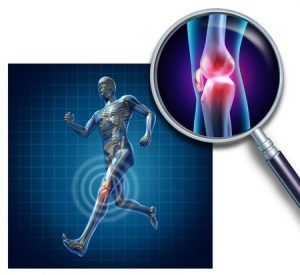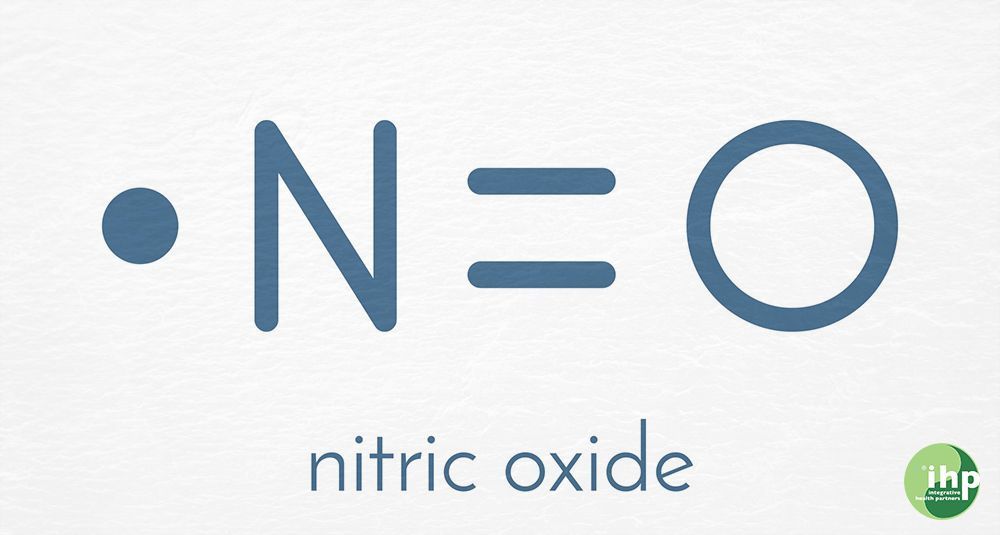Meniscus Degeneration and Preventive Maintenance for Knee Health

Knee pain is a common issue affecting people as they age, often due to the gradual degeneration of the meniscus. The meniscus, a critical structure in the knee, plays a vital role in load distribution, shock absorption, and joint stability. Degeneration of the meniscus, which can lead to tears and eventual knee osteoarthritis (OA), is prevalent in the aging population. This article discusses the hypothesis that most individuals who live long enough will experience knee pain and failure due to the thinning and eventual collapse of the meniscus, and how regenerative joint injection therapies like prolotherapy and platelet-rich plasma (PRP) could help mitigate this issue.
Meniscus Degeneration and Aging
The prevalence of degenerative meniscus lesions increases significantly with age. Studies have shown that around 16% of women aged 50-59 and over 50% of men aged 70-90 exhibit meniscal degeneration, often as part of normal aging processes [1, 2]. These lesions can occur without symptoms, but they increase the risk of developing knee osteoarthritis due to the compromised function of the meniscus in maintaining knee joint integrity [2].
Risk of Knee Osteoarthritis
Meniscal damage is a significant risk factor for the onset of knee OA, which is a degenerative joint disease characterized by pain, swelling, and reduced mobility. Meniscal tears, especially those that involve meniscal extrusion, decrease the meniscus’s ability to distribute loads effectively across the knee joint. This can lead to the accelerated progression of knee OA [1, 2]. Once OA sets in, the options for effective treatment become limited, with many patients eventually requiring knee replacement surgery.
Regenerative Joint Injection Therapy
Regenerative joint injection therapies, including prolotherapy and PRP, have emerged as promising preventive maintenance treatments to support knee health and delay or prevent the need for surgical interventions. These therapies aim to stimulate the body’s healing response, reduce inflammation, and enhance tissue regeneration.
- Prolotherapy: This involves injecting an irritant solution, often dextrose, into the affected area to induce localized inflammation, which can stimulate healing and the growth of new, healthy tissue. This therapy has shown potential in improving joint stability and reducing pain associated with meniscal degeneration [1].
- Platelet-Rich Plasma (PRP) Therapy: PRP involves injecting a concentrated solution of the patient’s own platelets into the affected joint. The growth factors in the platelets can promote tissue regeneration and repair. Studies have shown that PRP can reduce pain and improve knee function in patients with meniscal tears and early stages of OA [1].
Preventive Maintenance for Meniscal Health
Proactively using these regenerative therapies in early middle age, when meniscal degeneration typically begins, could potentially help maintain knee function and prevent the cascade of events leading to osteoarthritis and the need for knee replacement. By preserving or restoring the structural integrity of the meniscus, these therapies can reduce the mechanical stresses on the knee joint, thus preventing further degeneration.
Long-term studies have indicated that meniscal repair yields better outcomes compared to partial meniscectomy, which often accelerates the development of OA [1, 2]. Therefore, incorporating regenerative therapies as part of a preventive maintenance strategy could sustain knee health and functionality well into advanced age, reducing the need for invasive surgeries and improving the quality of life.
Conclusion
The hypothesis that meniscal degeneration and knee pain are inevitable with aging is supported by substantial epidemiological and clinical evidence. However, the advent of regenerative joint injection therapies offers a preventive approach to maintain knee health. Proactively addressing meniscal deterioration in early middle age could prevent the progression to severe osteoarthritis, thereby maintaining pain-free and high-functioning knees into old age.
This approach emphasizes the potential of these therapies not only for symptom management but also as a means of preventing the progression of degenerative changes, ultimately reducing the necessity for more invasive surgical interventions.
References:
- Degenerative Meniscus in Knee Osteoarthritis: From Pathology to Treatment. MDPI Life (2022). Retrieved from: www.mdpi.com
- Meniscus Degenerative. SpringerLink (2004). Retrieved from: link.springer.com
- The influence of meniscal pathology in the incidence of knee osteoarthritis: a review. Skeletal Radiology (2006). Retrieved from: link.springer.com
- Degenerative Meniscus Lesions, Cartilage Degeneration, and Osteoarthritis of the Knee. SpringerLink (2011). Retrieved from: link.springer.com
- The knee meniscus: management of traumatic tears and degenerative lesions. EFORT Open Reviews (2017). Retrieved from: eor.bioscientifica.com





